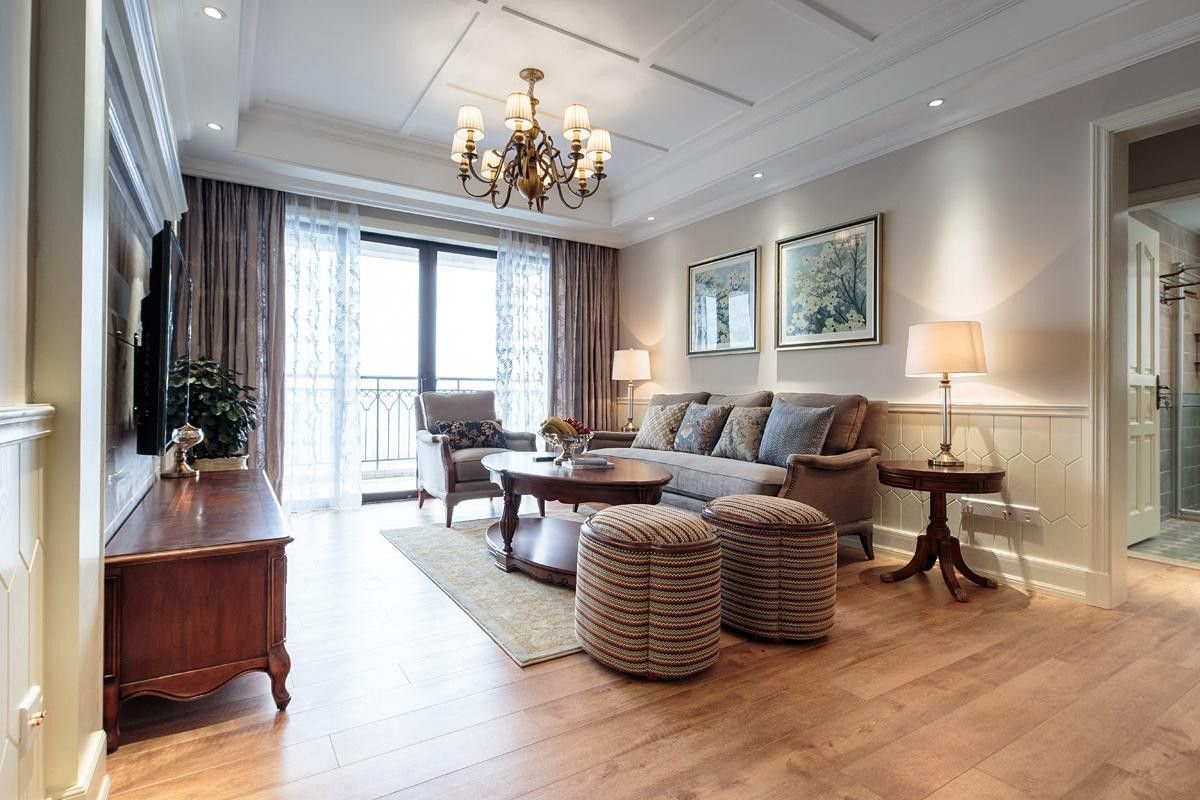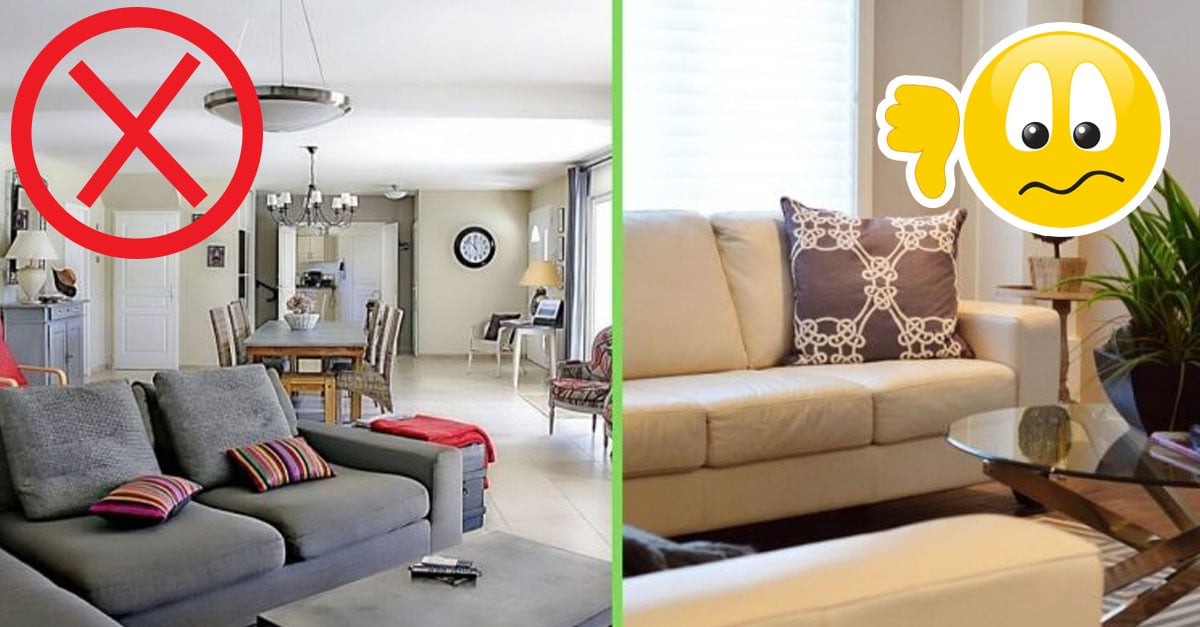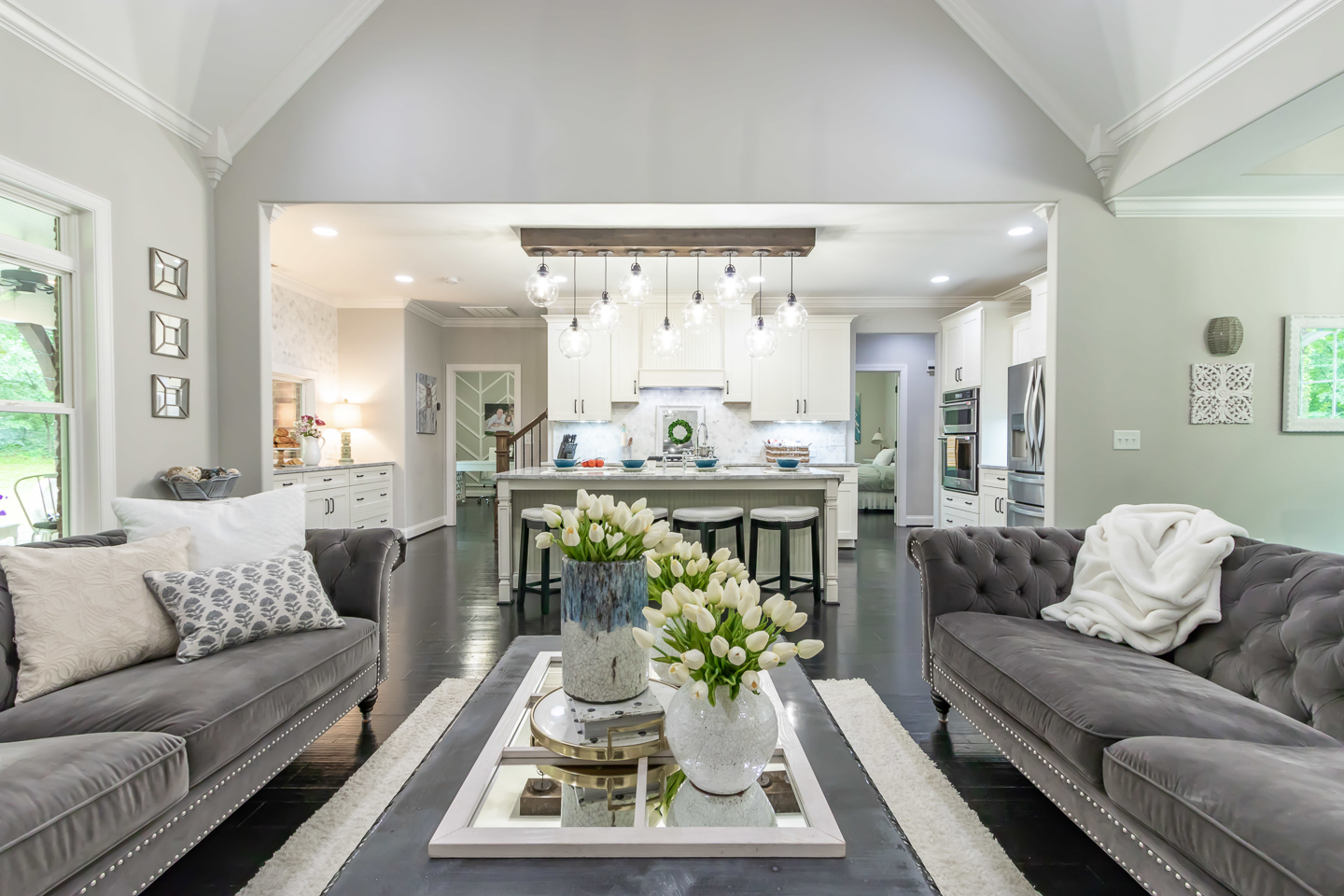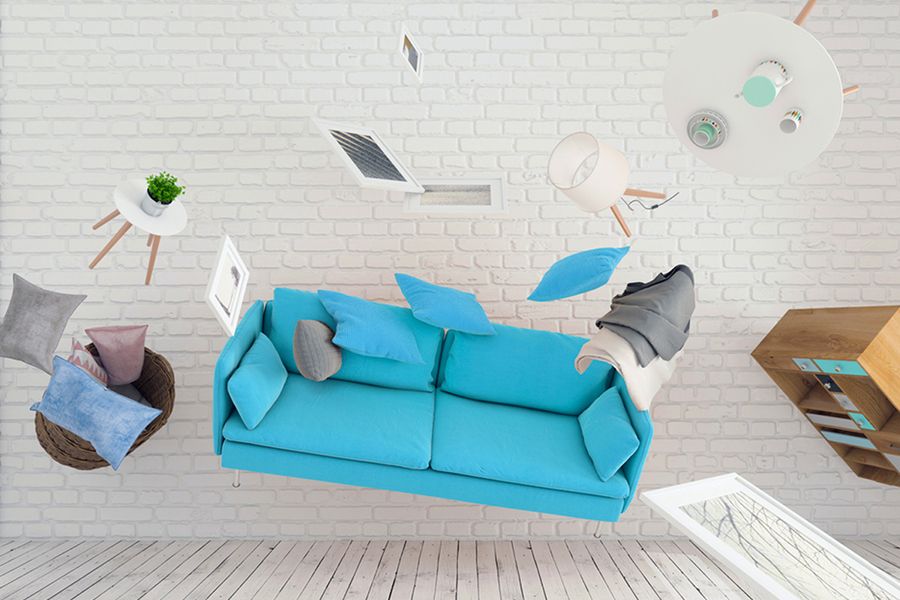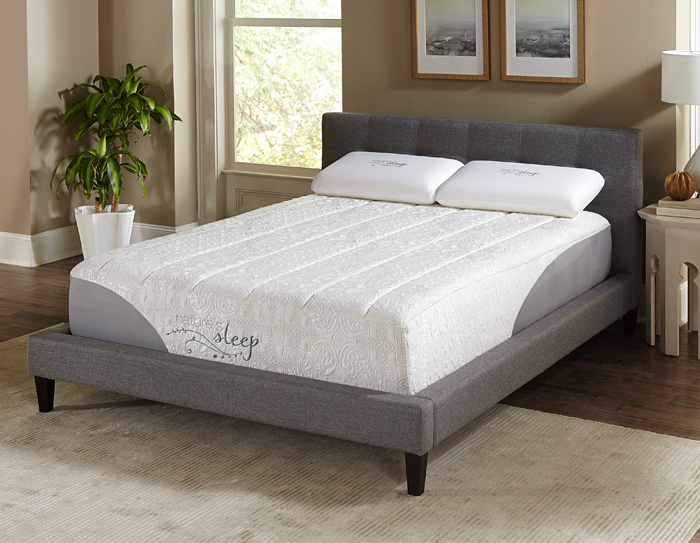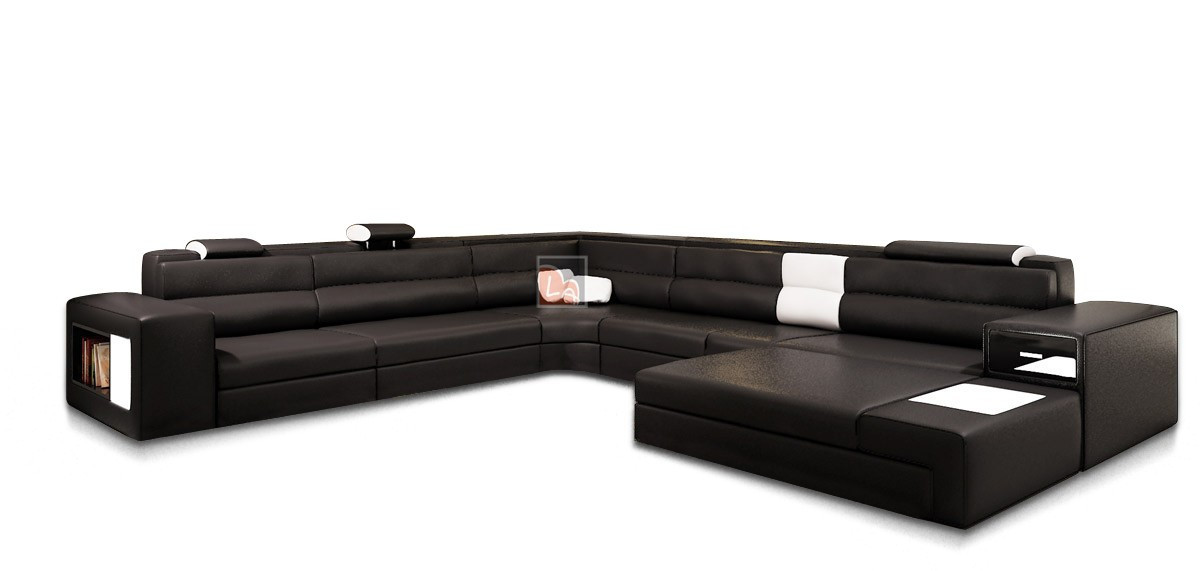The term "living room flow" refers to the way that the different elements of a living room come together to create a harmonious and functional space. It is the way that furniture, decor, and other elements are arranged to allow for easy movement and a cohesive design. Simply put, living room flow is the way that a living room feels and functions when everything is in its rightful place.Understanding the Meaning of "Living Room Flow"
A well-designed living room flow is crucial for creating a comfortable and inviting space. It not only makes the room more visually appealing, but it also allows for easy navigation and functionality. A poorly designed living room flow can make the space feel cramped and chaotic, making it difficult to relax and enjoy the room. A well-designed living room flow can make all the difference in how you use and enjoy your living room.The Importance of a Well-Designed Living Room Flow
When designing a living room flow, it is important to consider the layout and size of the room. Start by identifying the main focal point of the room, such as a fireplace or TV, and arrange the furniture around it. This will create a natural flow and make the room feel balanced. Avoid blocking pathways and doorways with furniture and leave enough space for easy movement. Consider the function of the room and how you want to use it, and arrange the furniture accordingly.Creating a Functional Living Room Flow
For smaller living rooms, creating a functional flow is essential in maximizing the space. Start by choosing furniture that is appropriately sized for the room and avoid bulky pieces that will make the space feel cramped. Utilize multi-functional furniture, such as ottomans with hidden storage, to save space. Consider using floating shelves or wall-mounted storage to free up floor space. A well-designed flow can make even the smallest living room feel spacious and inviting.Maximizing Space in Your Living Room with Flow
The placement of furniture is crucial in creating a functional living room flow. As mentioned before, the main focal point of the room should be the starting point for arranging furniture. From there, consider the balance of the room and avoid placing all the furniture on one side. Use rugs to define different areas within the living room, such as a seating area or a reading nook. Keep in mind the function of the room and the traffic flow when placing furniture.The Role of Furniture Placement in Living Room Flow
To achieve a harmonious living room flow, it is important to consider the overall design and style of the room. Choose a color scheme that is cohesive and flows throughout the space. Use a variety of textures to add depth and interest to the room. Incorporate elements such as plants, artwork, and decorative accents to tie everything together. A well-coordinated and harmonious design will create a sense of flow in the living room.How to Achieve a Harmonious Living Room Flow
Lighting plays a crucial role in creating a functional and inviting living room flow. Natural light is always preferred, so consider the placement of windows and use light-colored curtains or blinds to allow for maximum light. Incorporate different types of lighting, such as overhead, task, and accent lighting, to create depth and ambiance in the room. Use dimmer switches to adjust the lighting based on the time of day and desired mood.The Impact of Lighting on Living Room Flow
Color and texture are important elements to consider when creating a cohesive living room flow. Choose a color scheme that complements the overall design and style of the room. Use a variety of textures, such as soft fabrics and natural materials, to add dimension and visual interest. Incorporate different patterns and textures through throw pillows, rugs, and other decor to create a cohesive and inviting space.Incorporating Color and Texture for a Cohesive Living Room Flow
Incorporating feng shui principles in the design of a living room can greatly enhance the flow of energy in the space. The placement of furniture, use of color, and incorporation of natural elements can all contribute to a harmonious and balanced living room flow. Consider consulting with a feng shui expert to help guide the design and arrangement of your living room for optimal flow and energy.The Connection Between Living Room Flow and Feng Shui
When designing a living room flow, there are some common mistakes to avoid. These include overcrowding the room with furniture, blocking natural light sources, and neglecting to consider the function of the room. It is also important to avoid creating a cluttered and disorganized space, as this can disrupt the flow and make the room feel chaotic. By carefully considering the layout, furniture placement, and overall design, you can avoid these mistakes and create a functional and inviting living room flow.Common Mistakes to Avoid in Living Room Flow Design
The Importance of Living Room Flow in House Design

The Significance of a Well-Designed Living Room
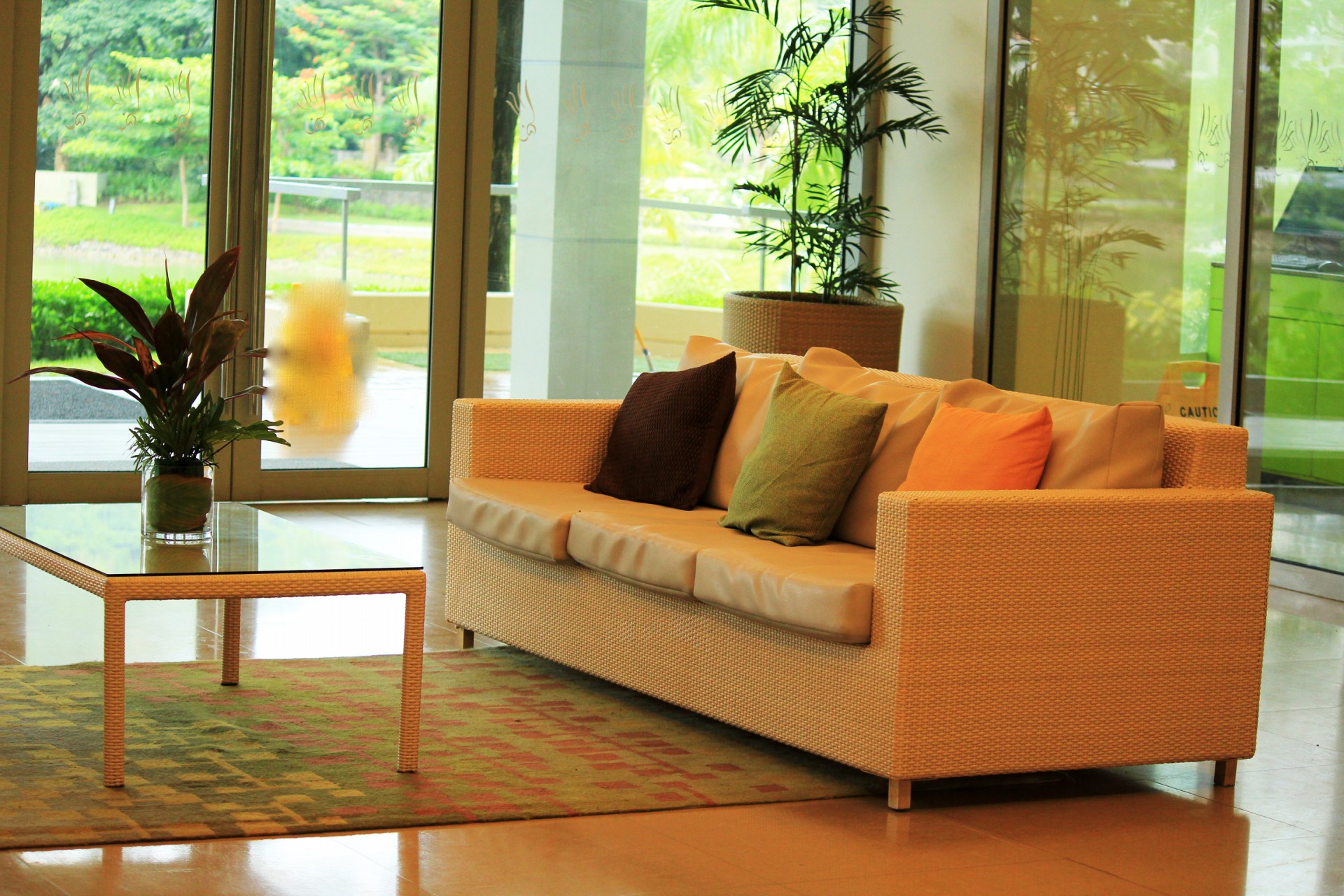 The living room is often considered the heart of a home, as it serves as a central gathering place for family and friends. It is where we entertain guests, relax after a long day, and spend quality time with our loved ones. As such, it is crucial to have a well-designed living room that not only reflects your personal style but also promotes a smooth and functional flow.
The living room is often considered the heart of a home, as it serves as a central gathering place for family and friends. It is where we entertain guests, relax after a long day, and spend quality time with our loved ones. As such, it is crucial to have a well-designed living room that not only reflects your personal style but also promotes a smooth and functional flow.
What is Living Room Flow?
 In simple terms,
living room flow
refers to the ease of movement and functionality within a living room. It is the way in which different elements of a room are arranged to create a comfortable and functional space. This includes the placement of furniture, the layout of the room, and the overall design. A well-designed living room should have a logical flow that allows for easy movement and promotes a sense of balance and harmony.
In simple terms,
living room flow
refers to the ease of movement and functionality within a living room. It is the way in which different elements of a room are arranged to create a comfortable and functional space. This includes the placement of furniture, the layout of the room, and the overall design. A well-designed living room should have a logical flow that allows for easy movement and promotes a sense of balance and harmony.
The Benefits of Good Living Room Flow
 Having good
living room flow
in your home can bring numerous benefits. Firstly, it can make your living room appear more spacious and inviting. By optimizing the layout and placement of furniture, you can create a sense of openness and make the room feel larger. This is especially important for smaller living spaces. Additionally, proper flow can also improve the functionality of the room, making it easier to navigate and use. This is especially important for families with children or elderly members who may have difficulty moving around.
Having good
living room flow
in your home can bring numerous benefits. Firstly, it can make your living room appear more spacious and inviting. By optimizing the layout and placement of furniture, you can create a sense of openness and make the room feel larger. This is especially important for smaller living spaces. Additionally, proper flow can also improve the functionality of the room, making it easier to navigate and use. This is especially important for families with children or elderly members who may have difficulty moving around.
How to Achieve Good Living Room Flow
 Creating a well-designed living room flow may seem daunting, but it can be achieved with a few simple steps. First and foremost, consider the purpose of the room and the activities that will take place in it. This will help determine the layout and placement of furniture. Additionally, ensure that there is enough space for movement between furniture pieces and that they are arranged in a way that allows for easy navigation. Lastly, pay attention to the overall design of the room, including color scheme, lighting, and decor, to create a cohesive and harmonious space.
Creating a well-designed living room flow may seem daunting, but it can be achieved with a few simple steps. First and foremost, consider the purpose of the room and the activities that will take place in it. This will help determine the layout and placement of furniture. Additionally, ensure that there is enough space for movement between furniture pieces and that they are arranged in a way that allows for easy navigation. Lastly, pay attention to the overall design of the room, including color scheme, lighting, and decor, to create a cohesive and harmonious space.
In Conclusion
 Having good
living room flow
is essential in creating a functional and inviting space in your home. By understanding the concept and implementing it in your living room design, you can enjoy a space that not only reflects your personal style but also promotes a sense of balance and harmony. So, the next time you are designing or redecorating your living room, remember the importance of flow and how it can enhance the overall look and feel of your home.
Having good
living room flow
is essential in creating a functional and inviting space in your home. By understanding the concept and implementing it in your living room design, you can enjoy a space that not only reflects your personal style but also promotes a sense of balance and harmony. So, the next time you are designing or redecorating your living room, remember the importance of flow and how it can enhance the overall look and feel of your home.

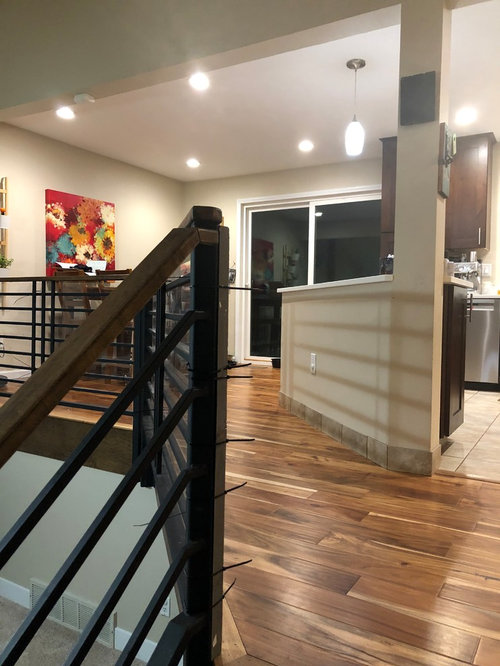


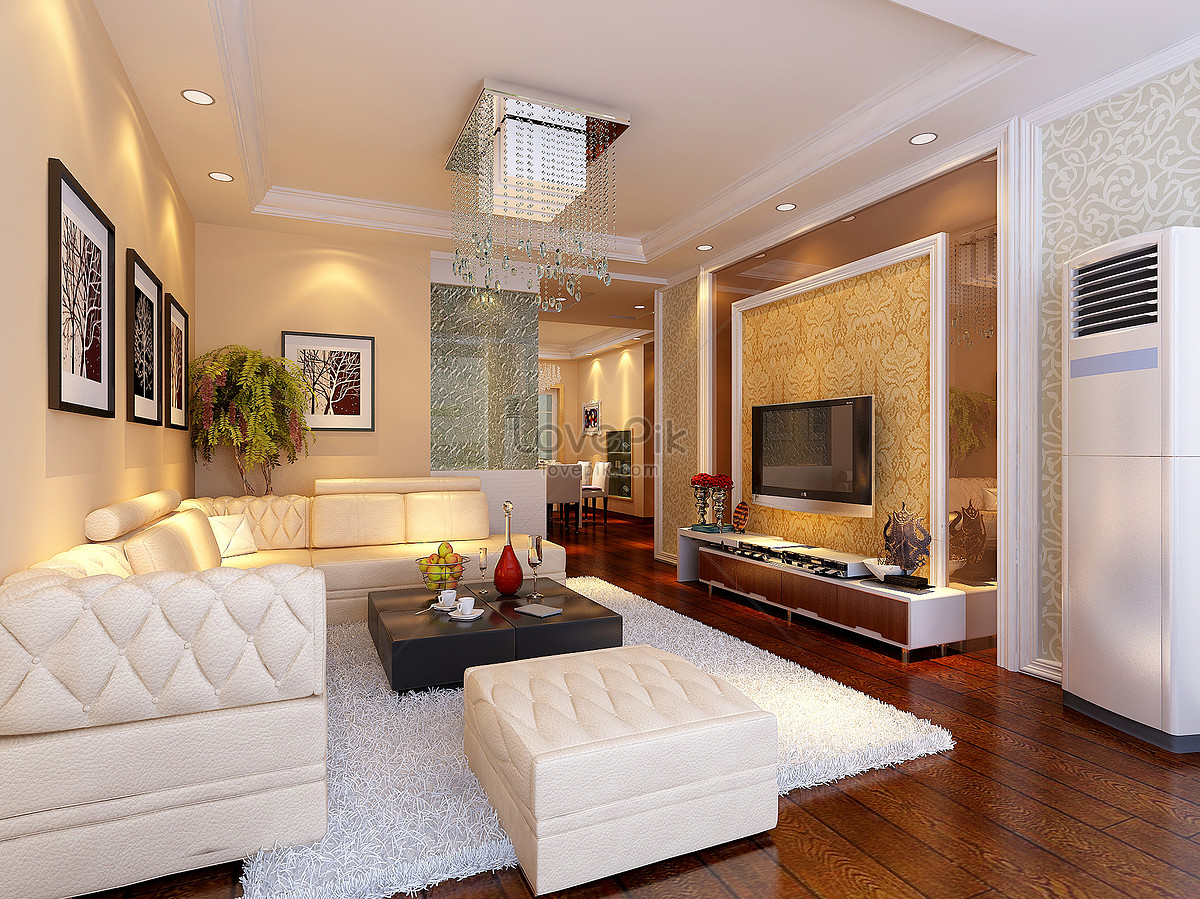







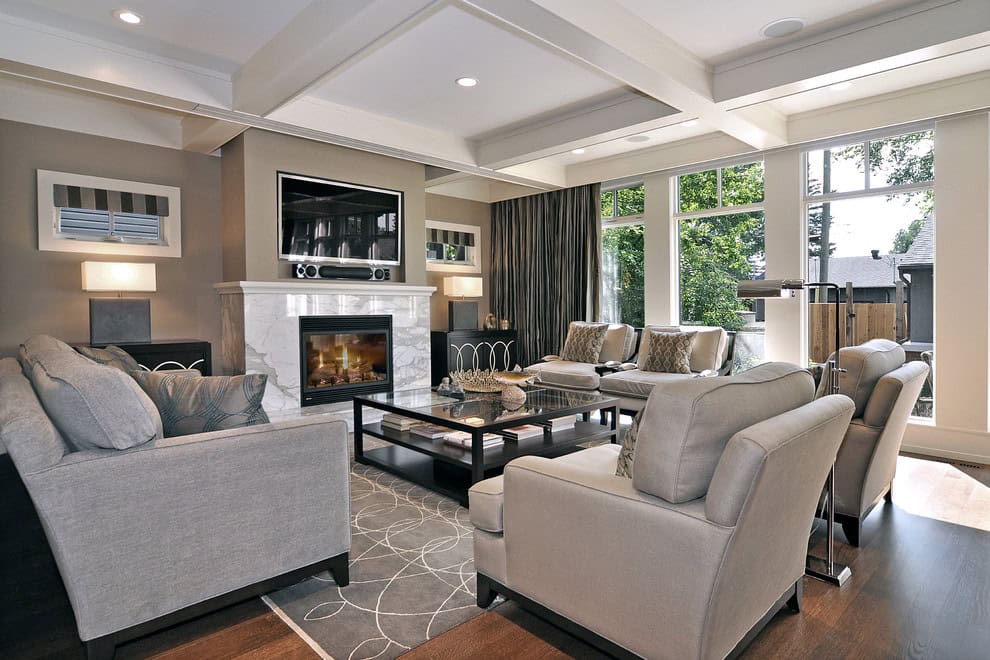
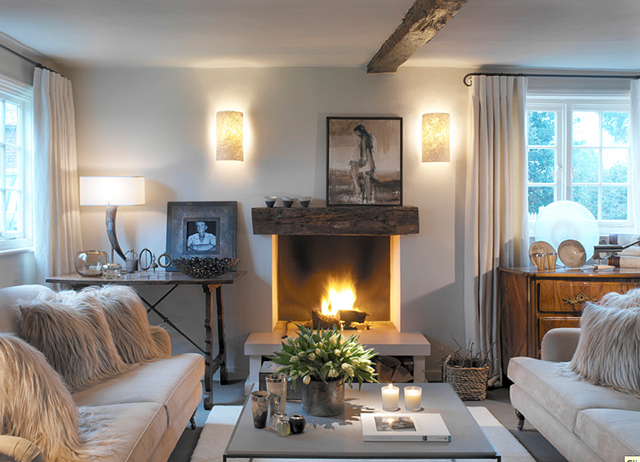

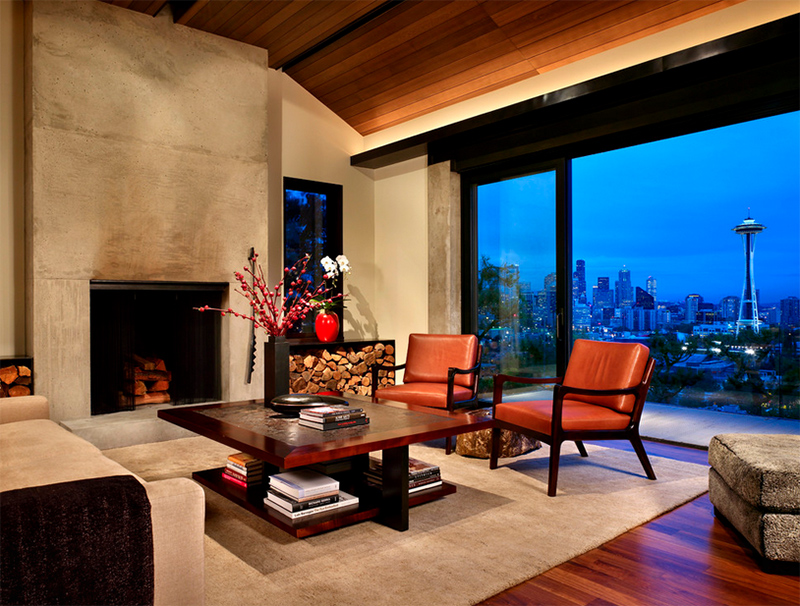
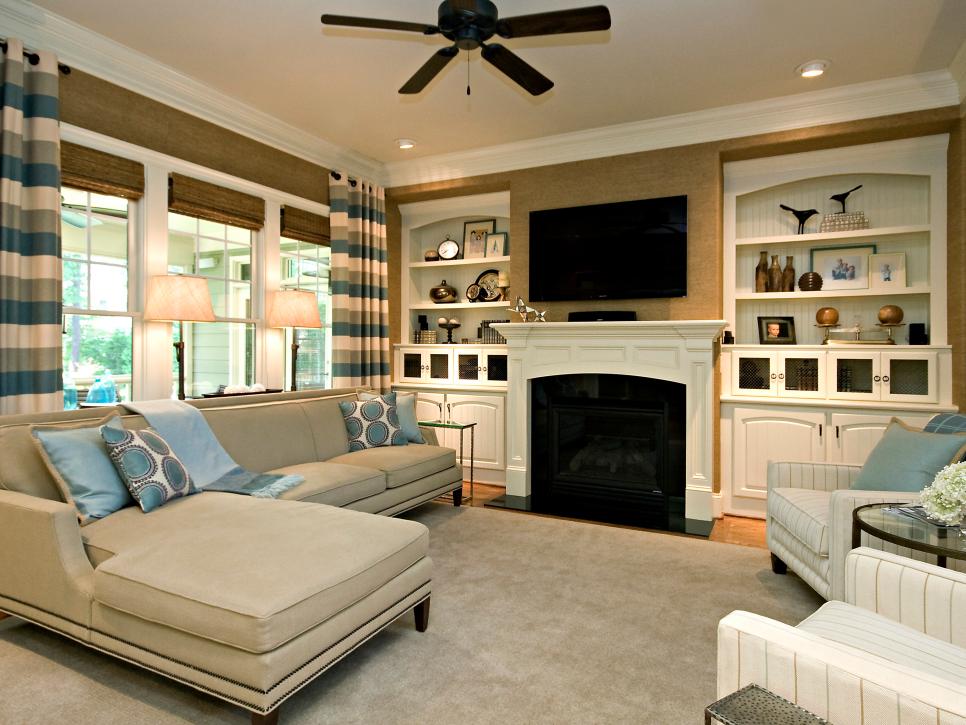

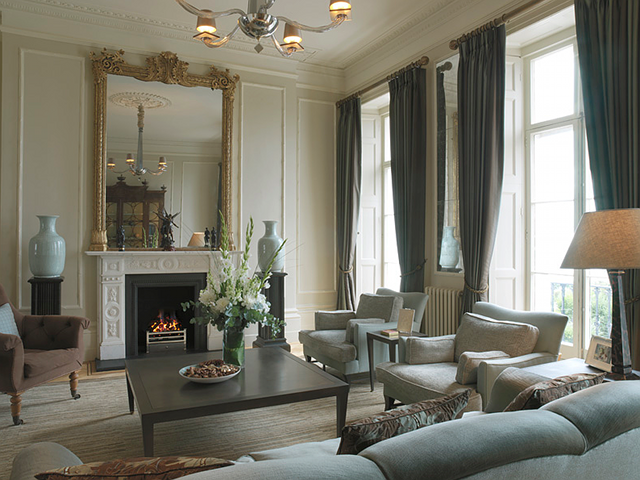


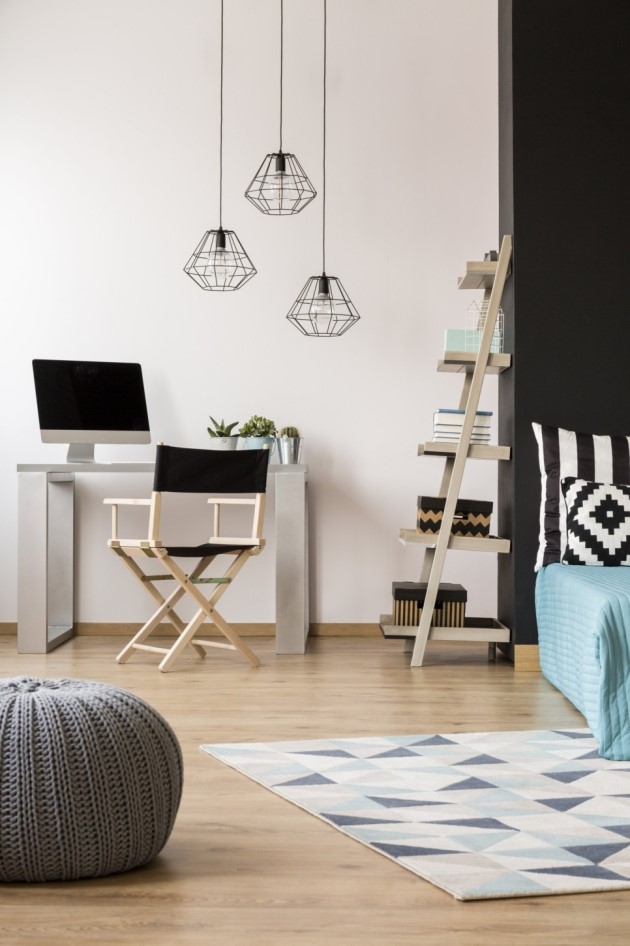

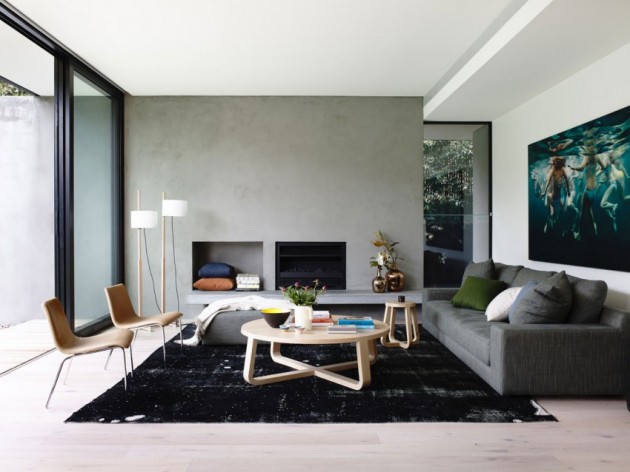
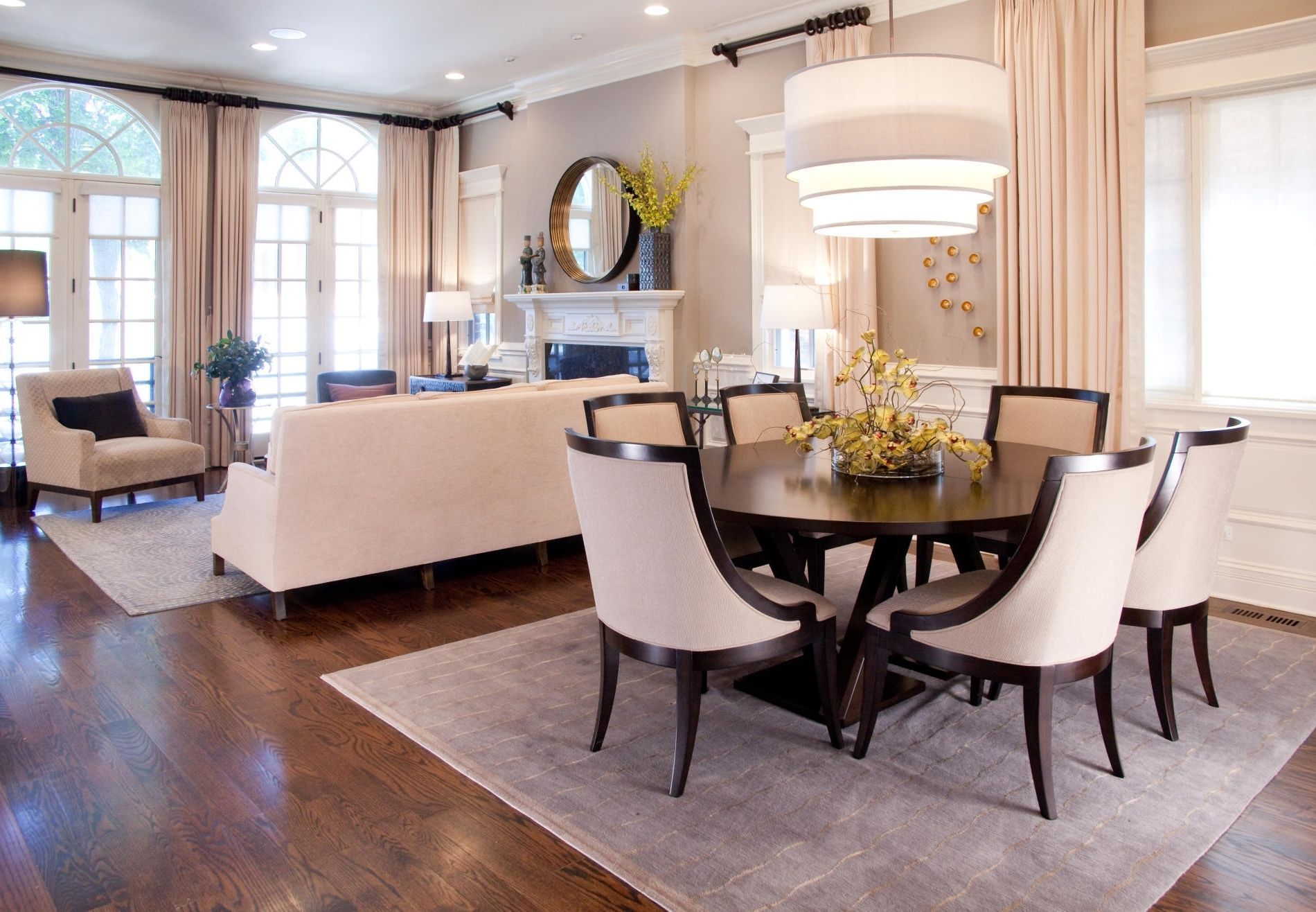



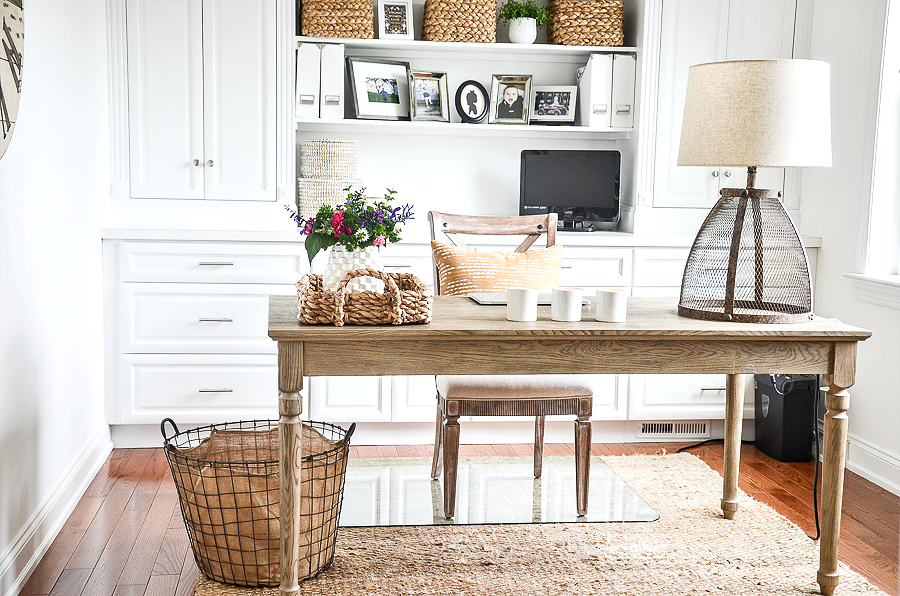





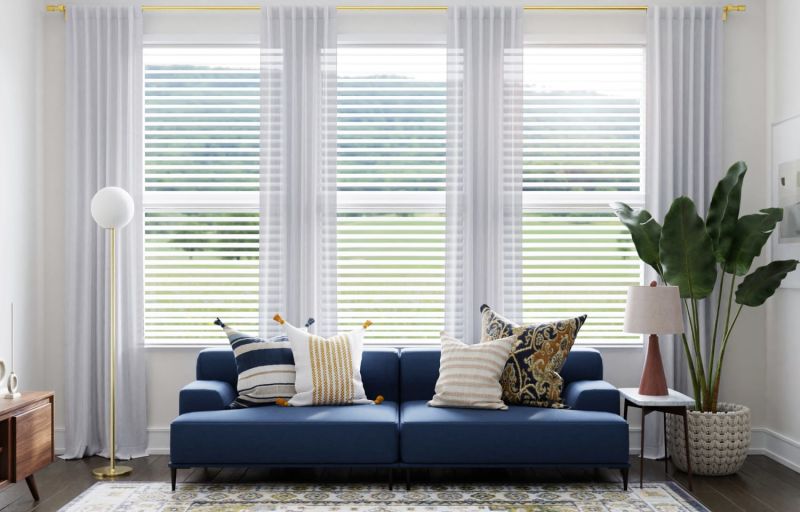
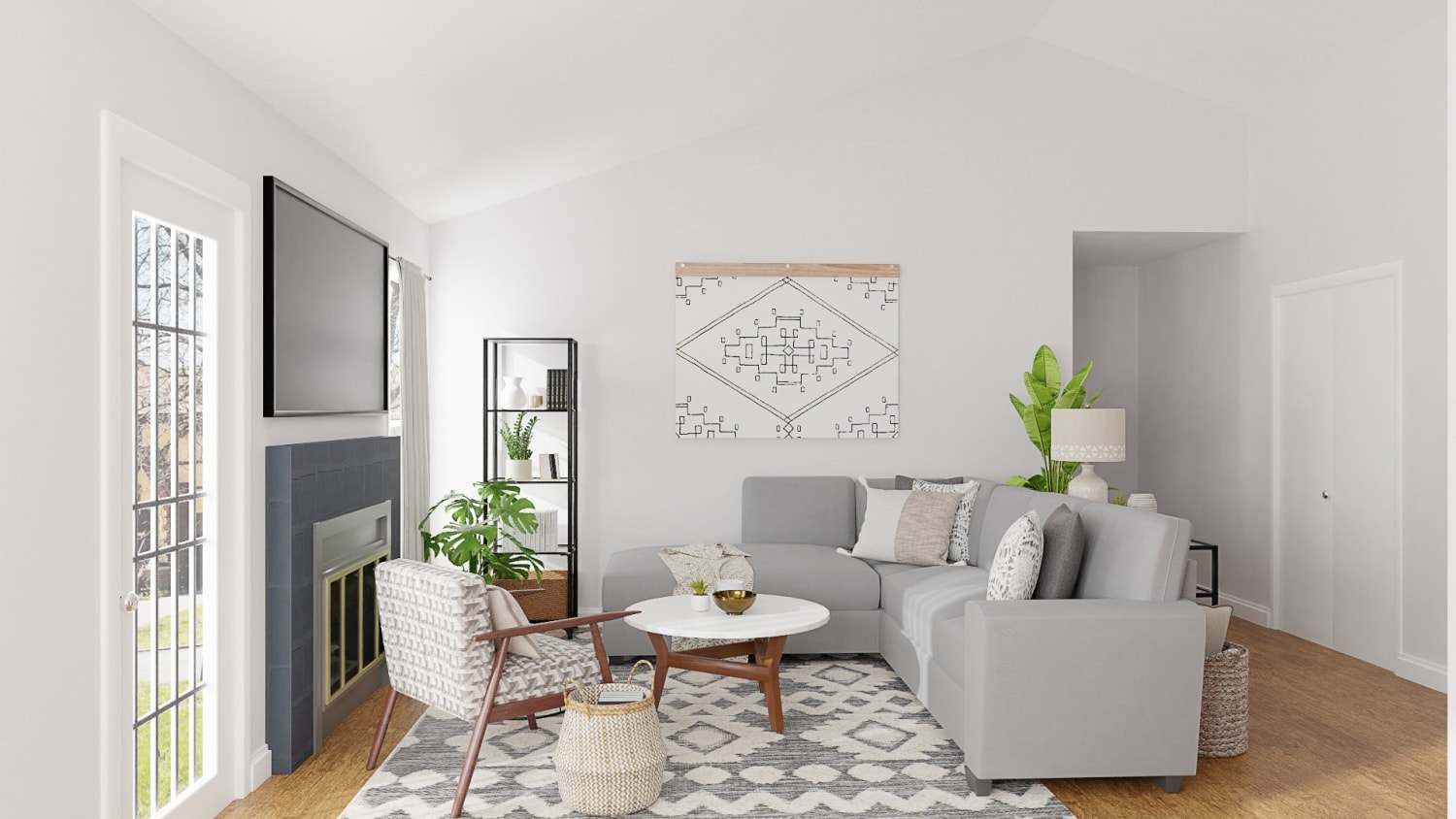
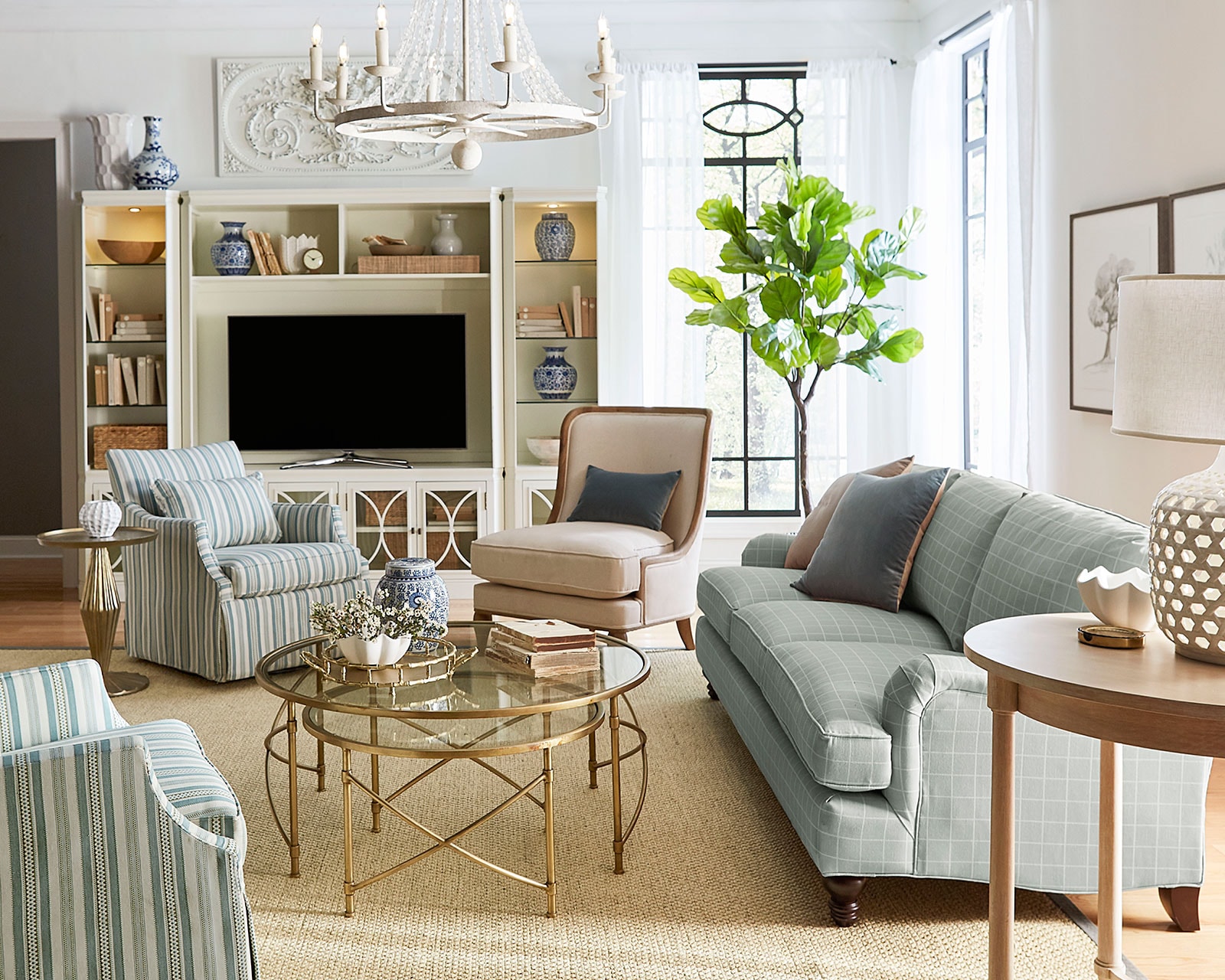
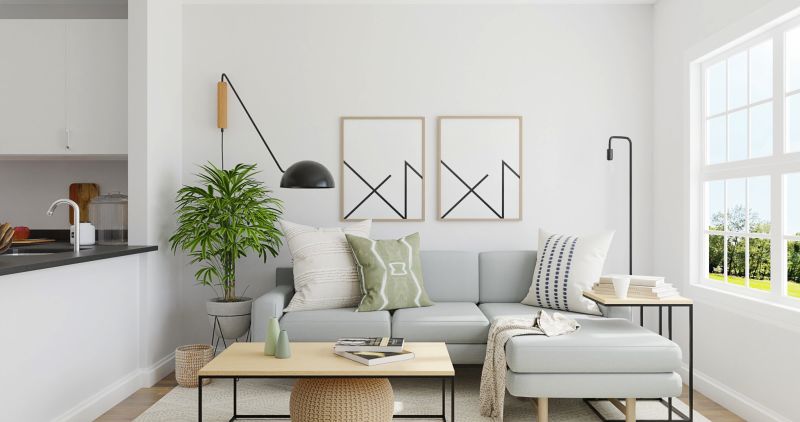
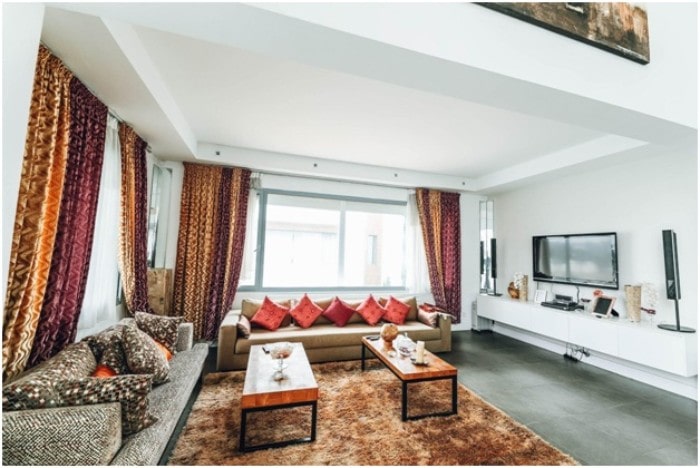

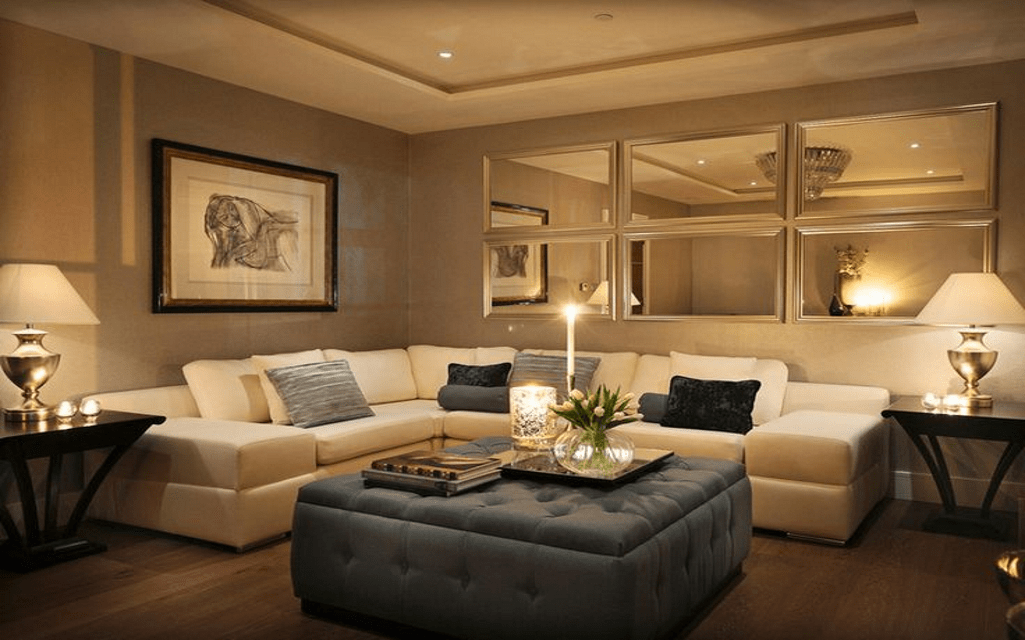















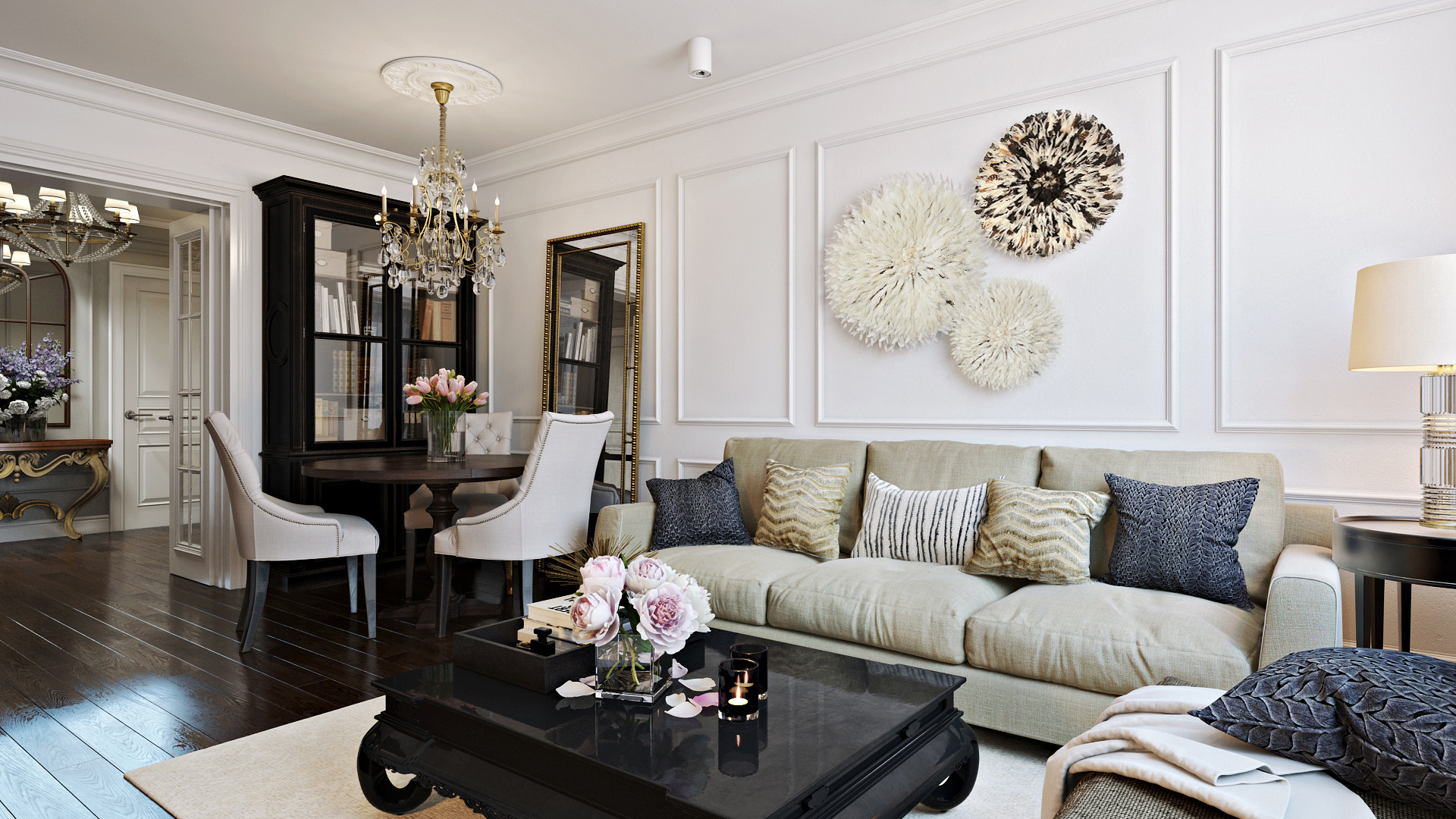
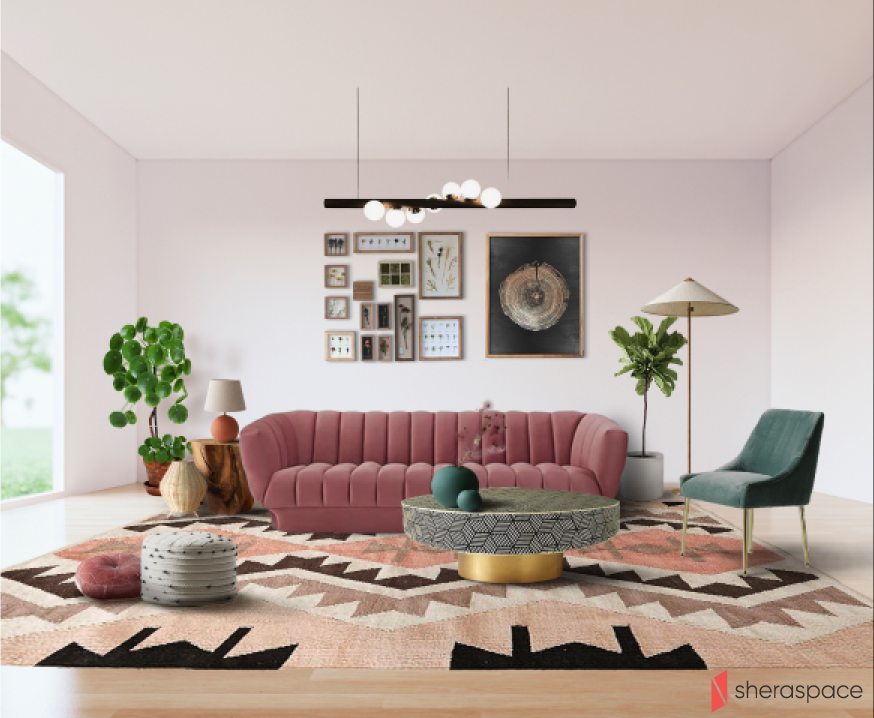
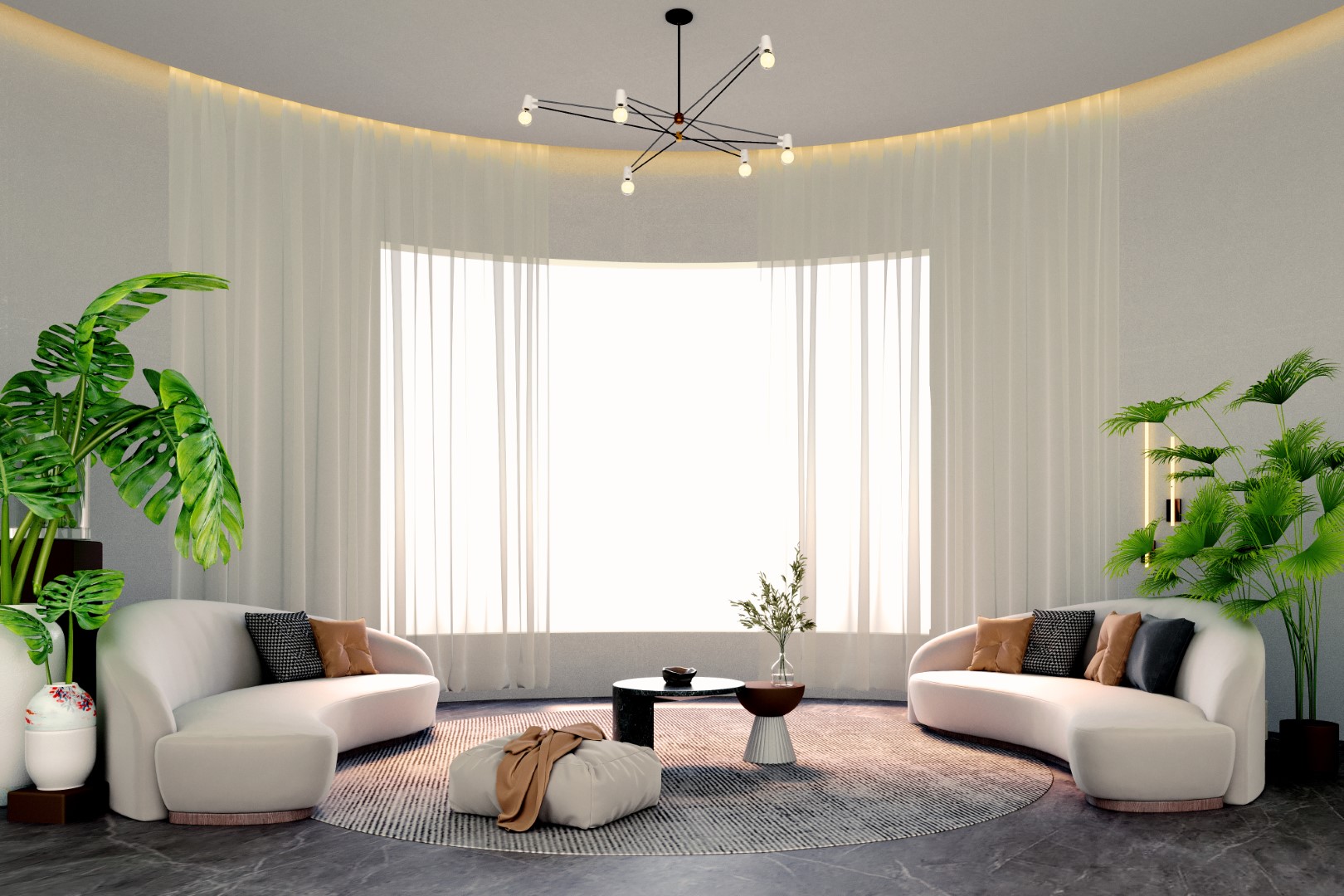


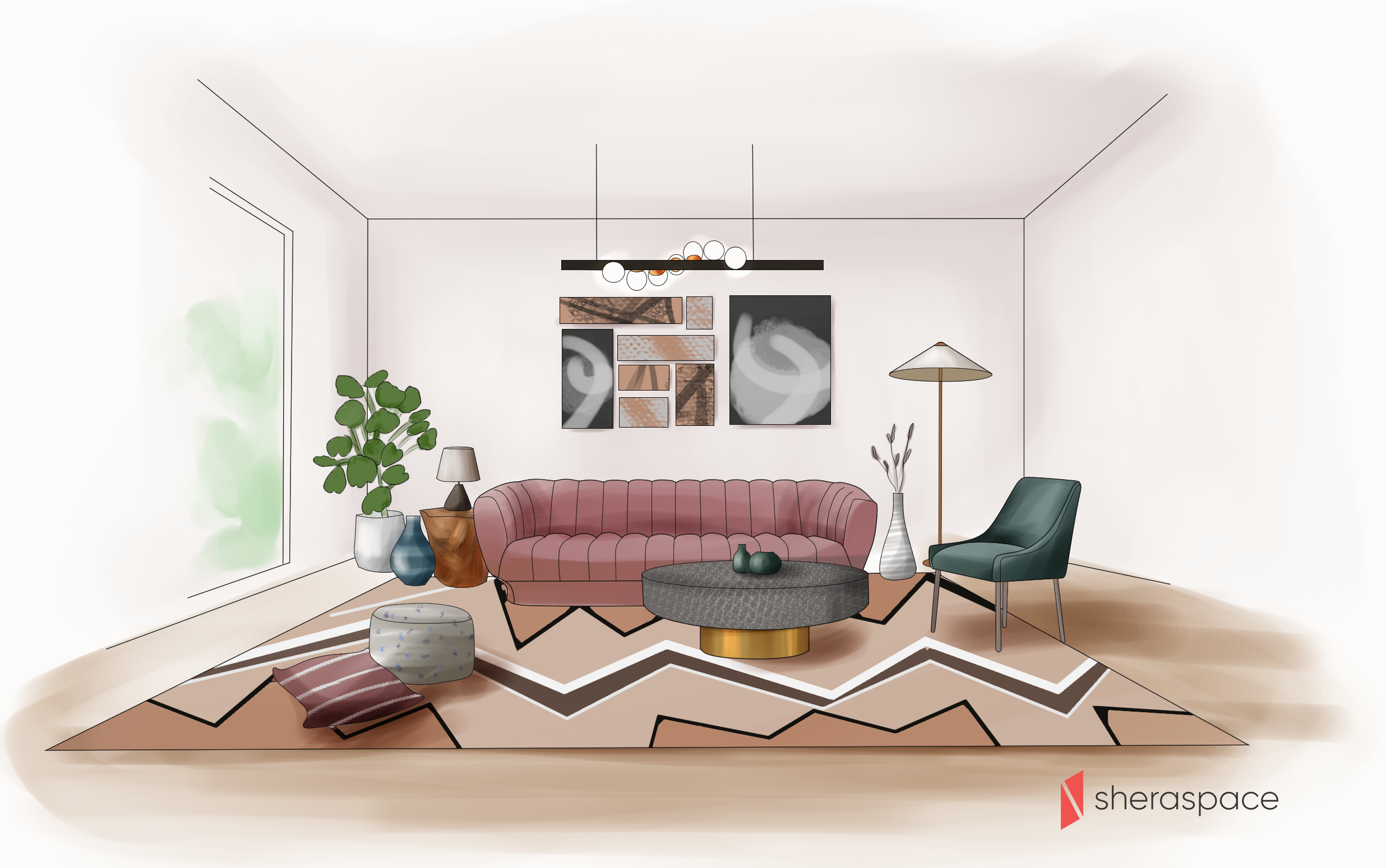



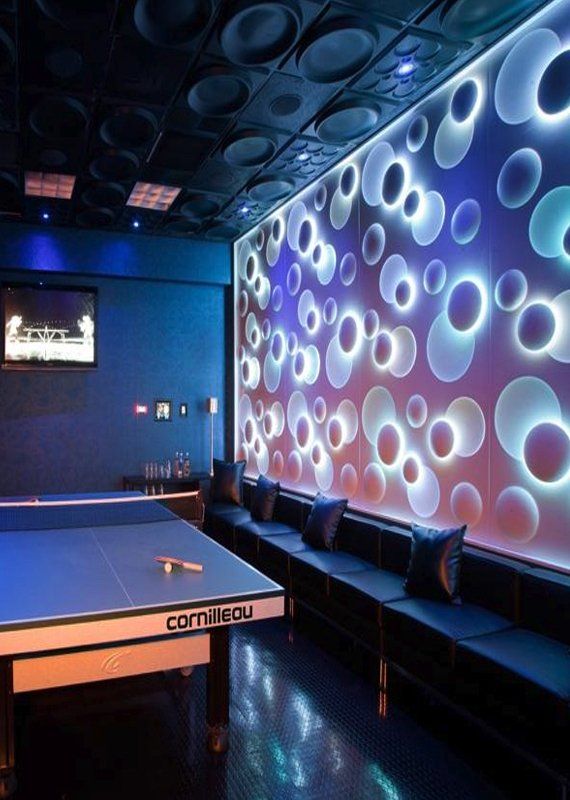





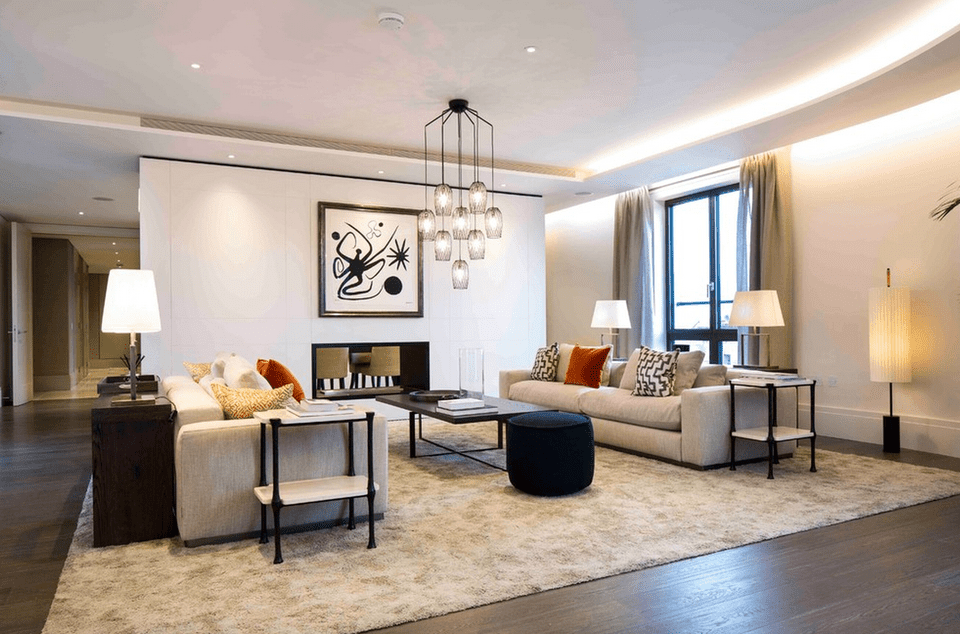












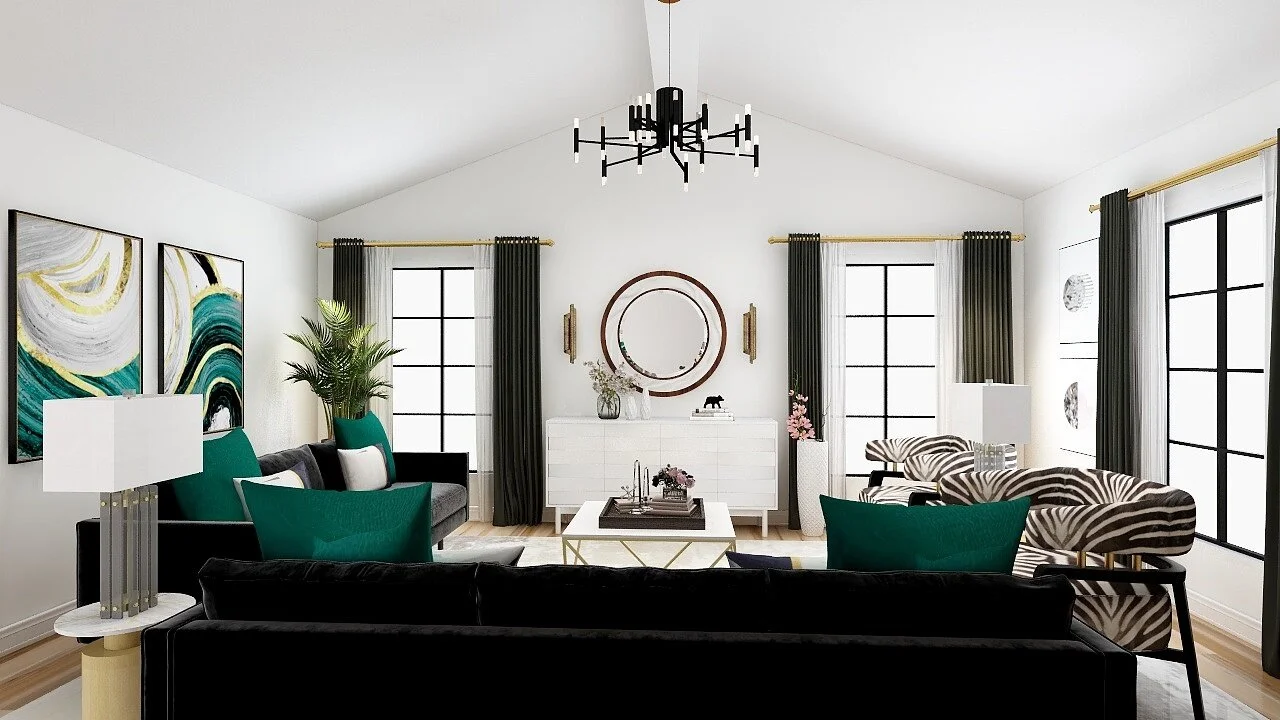




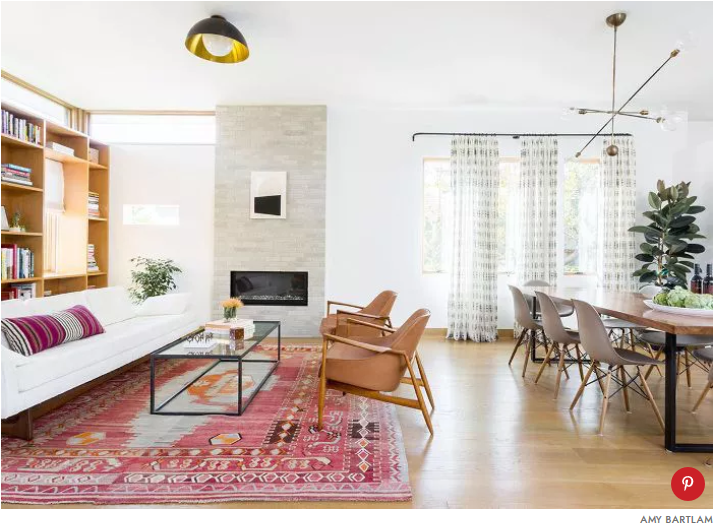
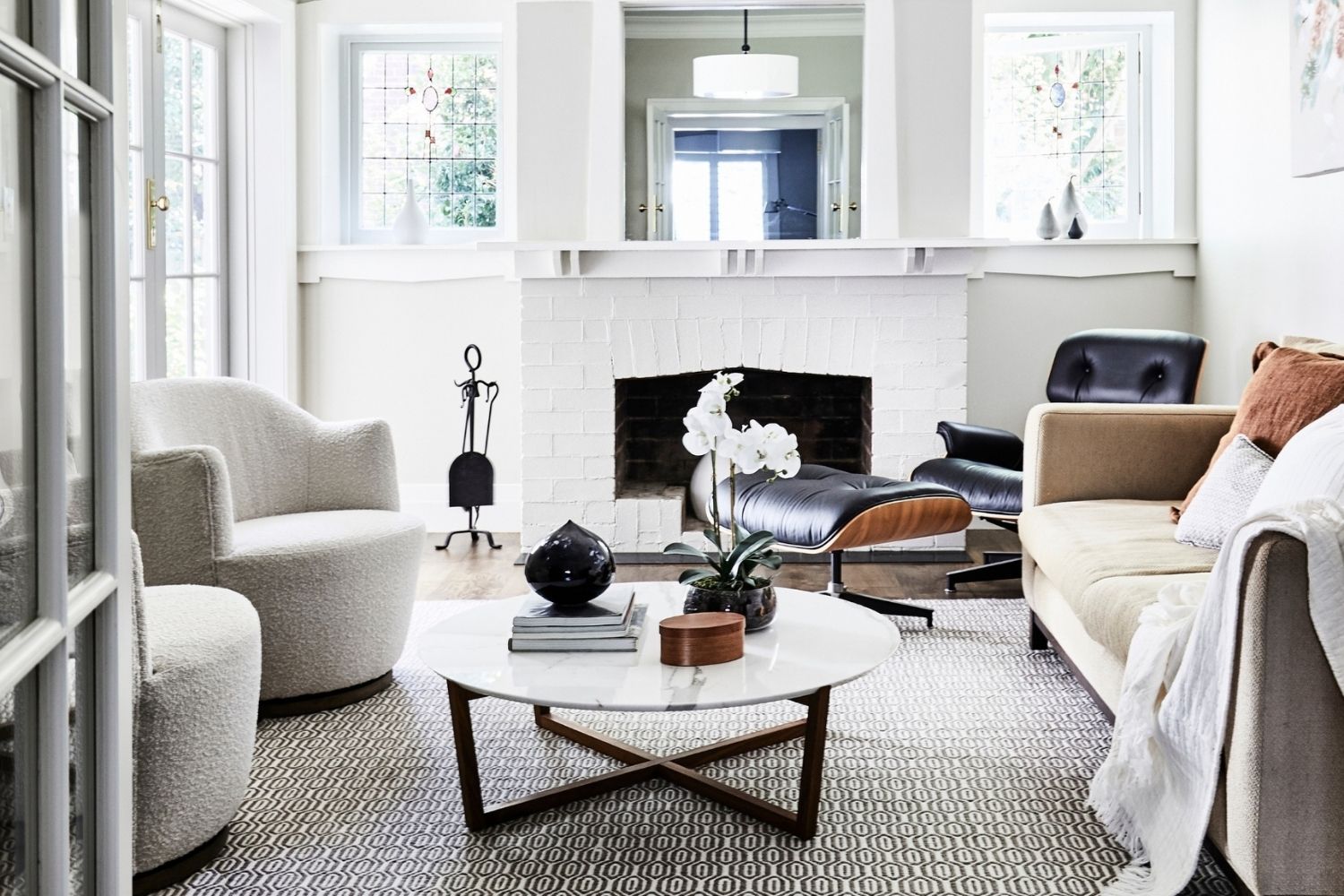
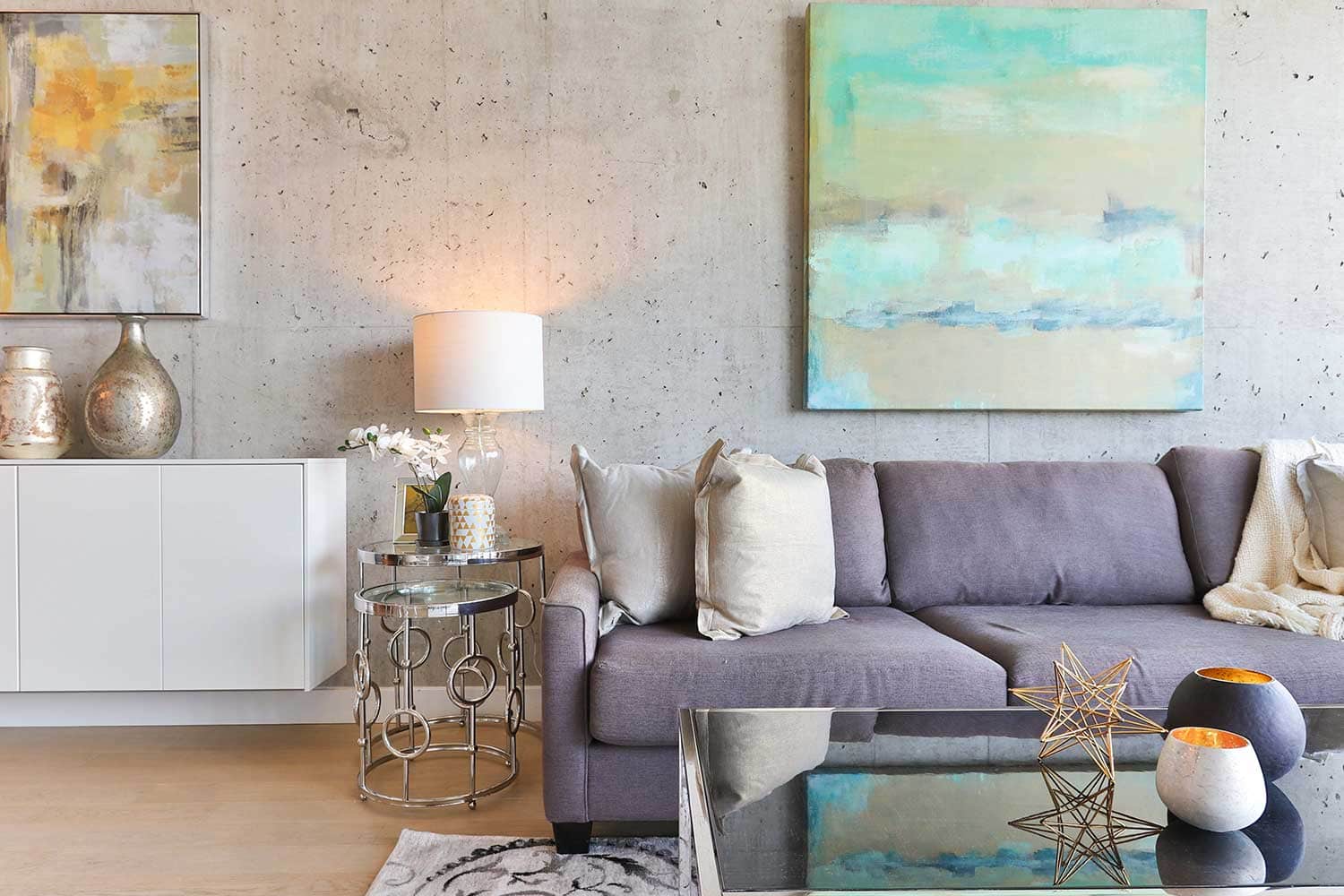
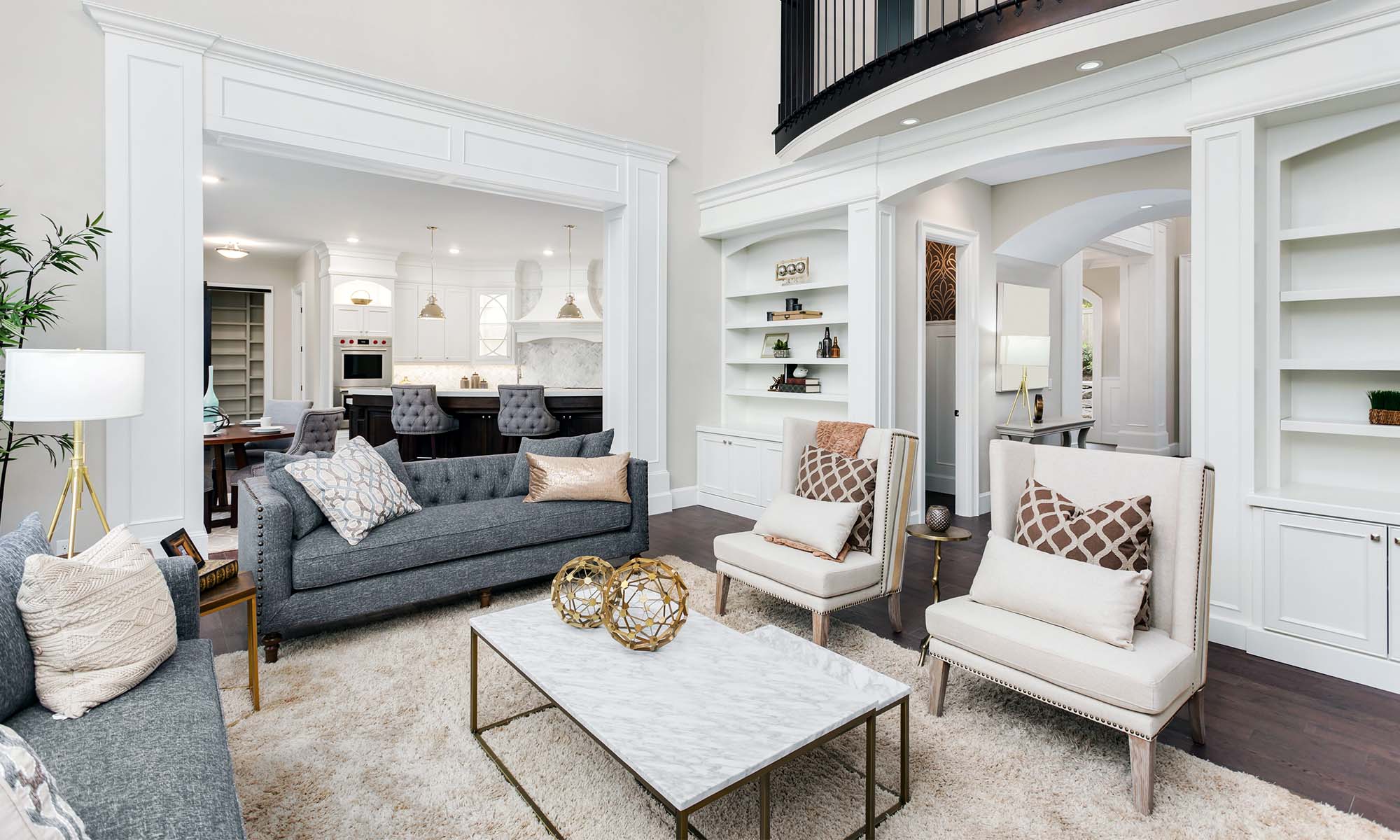
:max_bytes(150000):strip_icc()/GettyImages-642242204-9bc00f4474f040908f0286b3f2764f95.jpg)

